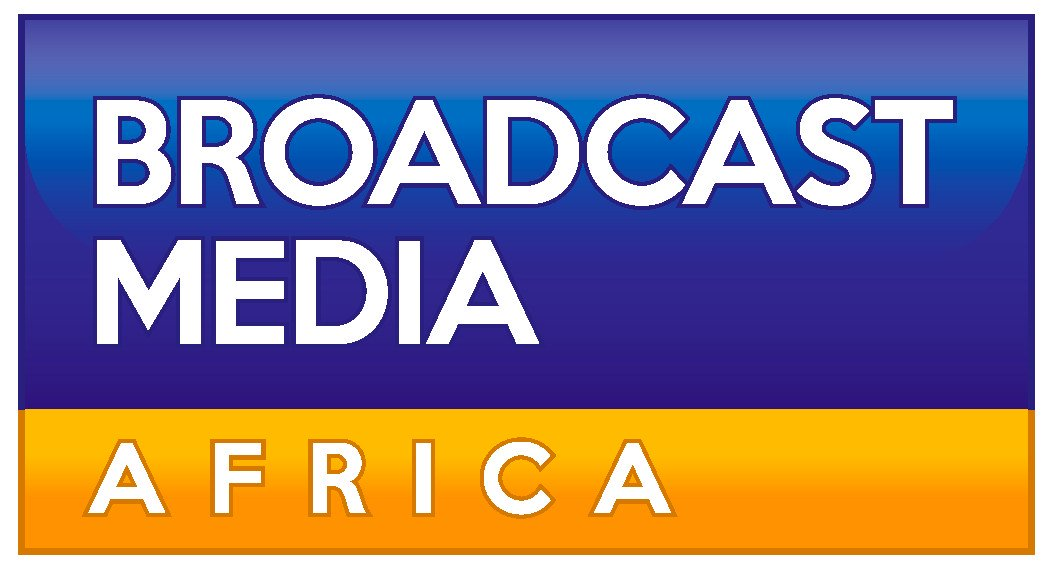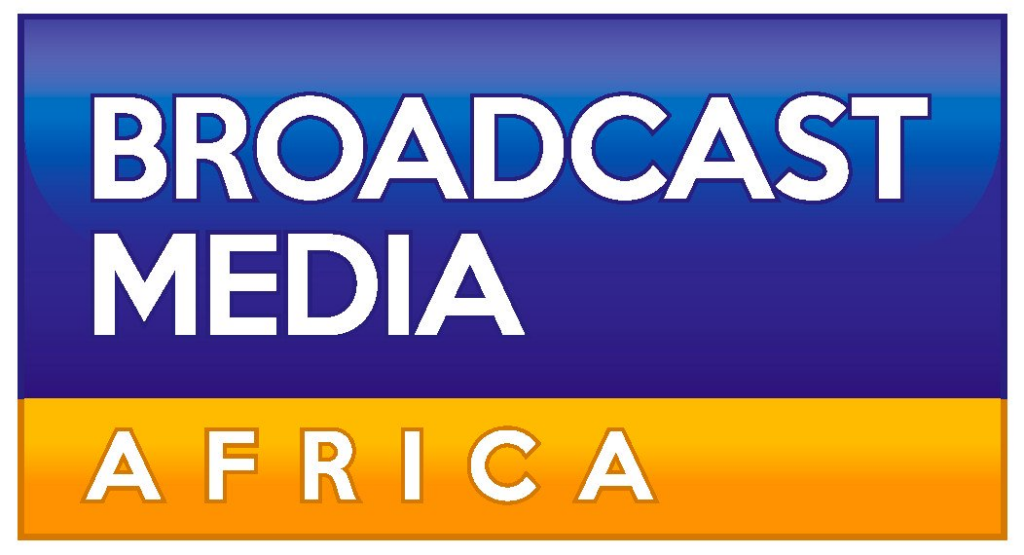
The African media production sector stands at a critical juncture, defined by immense creative potential but constrained by a widespread technological lag, according to the landmark “Media Production Infrastructure in Africa – Status Survey 2025” released by Broadcast Media Africa (BMA). The findings suggest a deeply experienced and resilient sector that now stands at a crucial turning point where modernisation, strategic investment, and policy alignment are essential to achieving global competitiveness.
The survey highlights a sector that has been resilient and resourceful, but where the majority of production equipment remains only “moderately modern” compared to global standards.
The data on the Modernity of Equipment Compared to Global Standards clearly calls for action. 70% of respondents classified their equipment as “Moderately Modern / Some Gaps Exist”. A significant 19% reported their equipment as “Outdated in Many Areas”. Only 8% considered their equipment to be “Very Modern”.
“This finding encapsulates the technological lag Africa faces. While the continent’s producers are creative and adaptive, the lack of modern tools—particularly in camera technology, sound design, and post-production—constrains quality output and limits global collaboration.”
The technological gap is compounded by severe operational challenges, making modernisation a complex, systemic issue. The top infrastructure challenges are layered and encompass operational inefficiency, technological lag, and human capacity gaps. The high cost of renting/operating facilities was cited by 21% of respondents as the leading infrastructure challenge. 19% identified outdated or insufficient equipment as a key barrier. Poor or unstable Internet connectivity and unreliable electricity supply remain among the most critical obstacles. Cited by 19% and 13% of respondents, respectively, these are frequently disruptive to production schedules and post-production workflows. These interruptions not only increase operational costs but also compromise quality and reliability.
Respondents emphasised a holistic understanding of growth: physical, digital, and human infrastructure must advance together. The priority areas for immediate investment were identified as Equipment Upgrades (20%), Training and Capacity (19%), Post-Production Facilities (17%), and Internet and Connectivity (15%).
BMA urges governments and investors to act on the following recommendations: Governments should be encouraged to provide customs exemptions on essential production equipment to make modernisation more affordable. Investment should be focused on developing Integrated Media Parks that combine training centres, studios, post-production suites, and renewable energy systems. These parks could serve as the foundation for a modern, sustainable production ecosystem. Furthermore, encourage early adoption of innovations like Artificial Intelligence, streaming platforms, and immersive technologies through innovation funds and partnerships with global tech companies.
The survey concludes that the African media sector is defined by the strength of experience, creative ingenuity, and an unmistakable will to modernise. The story that emerges from this survey is not one of limitation, but of readiness—readiness to invest, to collaborate, and to take Africa’s media production to world-class heights.


















